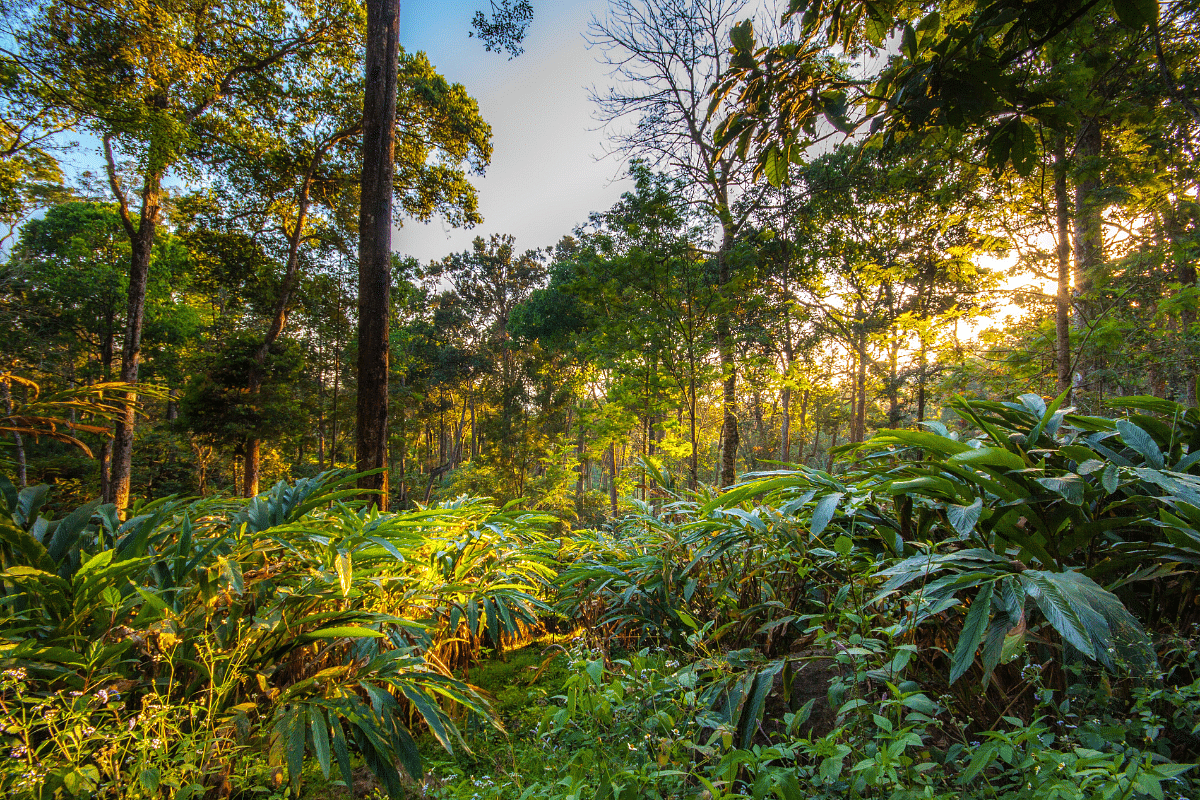News Headlines
In Relief For Several States, SC Amends 2022 Order On Eco-sensitive Zones Around Protected Forests

A forest scene from the mountains of Kerala (Photo by Mark Harpur on Unsplash)
The Supreme Court modified its earlier order that made it mandatory to have at least a 1-km eco-sensitive zone (ESZ) around all protected forests, national parks, and wildlife sanctuaries in India.
The ESZ cannot be the same nationwide and must be tailored to specific protected areas, said a bench led by Justice B R Gavai.
In June 2022, the top court mandated a 1-km buffer zone to act as a "shock absorber" for protected areas.
In response, the Centre and some states, like Kerala, requested a change to the June 2022 ruling as it impacted many villages on the edge of forests, according to their application to the Supreme Court.
The court agreed that declaring ESZs should not impede citizens' daily activities. Continuing the current direction would hamper citizens' daily life in ESZs, so modification is necessary, it said.
A strict observance of the June 2022 ruling would do more harm than good, as it would escalate man-animal conflict instead of reducing it, said the court.
“A villager who is desirous to reconstruct his house would not be permitted… If the government decides to construct schools, dispensaries, anganwadis, village stores, water tanks and other basic structures for improvement of the life of the villagers, the same would not be permitted.
"State or the Central government would be prevented from constructing roads. It will be impossible for forest departments to conduct eco-development activities around national parks and sanctuaries… Centrally sponsored Scheme-Integrated Development of Wildlife Habitats, which includes assistance for eco-development activities, would come to a standstill…
"It would also affect certain projects of national and strategic importance such as construction of national highways, railways, defence-related infrastructure, etc.,” the court observed.
However, the court made it clear that “mining within the national park and wildlife sanctuary and within an area of one kilometre from the boundary of such national park and wildlife sanctuary shall not be permissible."
Introducing ElectionsHQ + 50 Ground Reports Project
The 2024 elections might seem easy to guess, but there are some important questions that shouldn't be missed.
Do freebies still sway voters? Do people prioritise infrastructure when voting? How will Punjab vote?
The answers to these questions provide great insights into where we, as a country, are headed in the years to come.
Swarajya is starting a project with an aim to do 50 solid ground stories and a smart commentary service on WhatsApp, a one-of-a-kind. We'd love your support during this election season.
Click below to contribute.
Latest